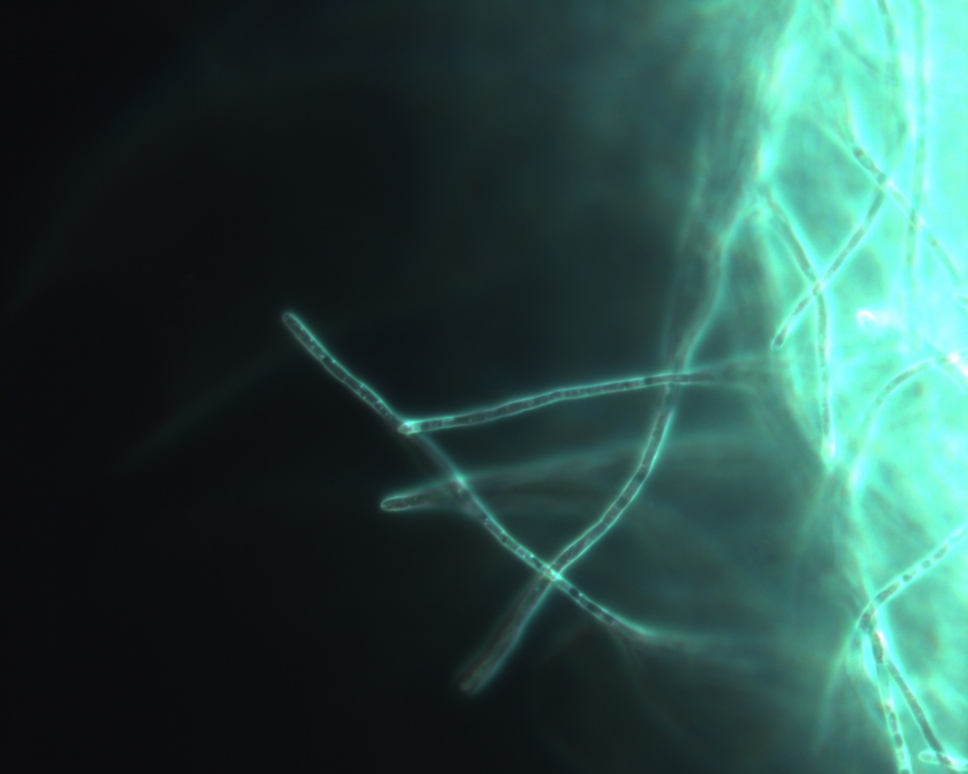
Here you can see the yards of fabric as it wraps around the cloth beam. In between each napkin is two or more passes of another yarn so I can more easily separate them later.
Last night I finished #weaving the 8th (and final) overshot napkin! I *barely* had enough warp left for it. Now to take them off the loom and hem the edges.
I found a gold-plated Stahly "live blade" vibrating safety razor with case that matches the vintage ad hanging next to my sink! It cleaned up really well with some metal polish and cotton swabs. #shaving
I realized I'm bad at estimating how much time #weaving will take. First I estimated a napkin took about 3 hours, then after weaving 2 hours this morning and not finishing I figured it would take 9. Another hour and now it's done. So maybe 5 hours?
Weaving napkins is like making pancakes. The first one doesn't count. The second one is better but not quite there. But by the third one you finally got it down. #weaving
I'm practicing #weaving doubleshot patterns by making a full set of napkins with free and cheap yarn I already had. I'm learning a lot about weaving complex patterns with this project. It will be hard to wipe my mouth with these napkins when I'm done.
Update: I finished threading the heddles. It took me about 5 hours total. This is why I'm making a set of 8 napkins, not just one at a time--the up front work to "dress the loom" is the same regardless of how long the warp is.
All in all this is a nice little adding machine, if a bit limited. The cover and carrying handle is a nice touch.
The red lever on the side is used to clear the registers. All of the registers are spring-loaded on the inside so resetting them is fast (when they are oiled properly).
Like other simple adding machines you subtract by the complements method. Use the tiny digits next to the larger digits for the subtrahend. The red buttons along the top prevent the carry mechanism. Here's 1000-1, which you get by adding 9999.
Adding is similar to on a chain adder like the Gem Pocket machine I featured earlier. In this case instead of a stylus, you put your finger next to the corresponding lever and pull all the way down to add the digit to the register.
Here is what it looks like after restoration and cleaning. There is a hinged lid that can come down to protect (and even lock) the adding machine when it's not in use.
Here is a view of the machine from the front, and a look at the internal mechanisms. A few of the input registers were pretty sticky and as a result wouldn't reset properly so I spent some time oiling and working those mechanisms to loosen things up.
- Personal Site
- https://kylerank.in
- Personal Bibliography
- https://kylerank.in/writing.html
Technical author, FOSS advocate, public speaker, Linux security & infrastructure geek, author of The Best of Hack and /: Linux Admin Crash Course, Linux Hardening in Hostile Networks and many other books, ex-Linux Journal columnist.
